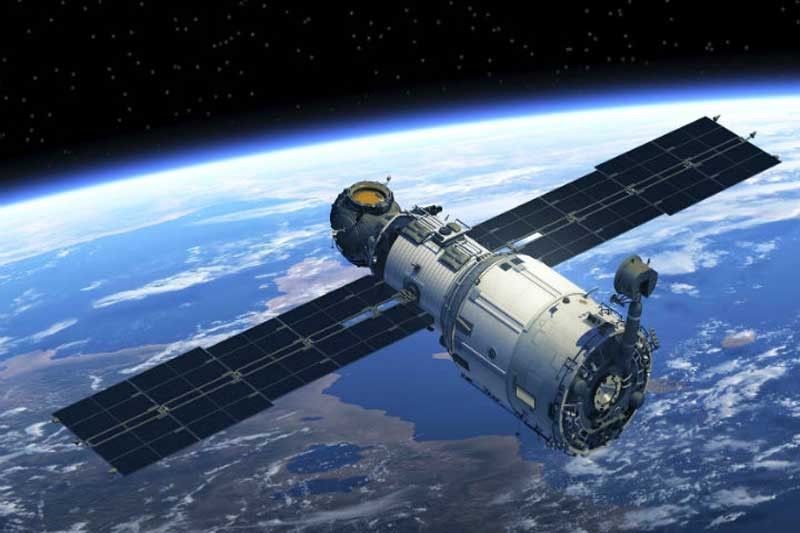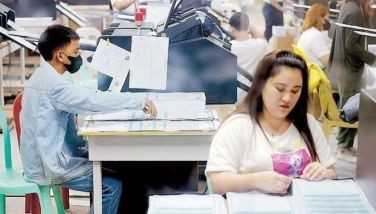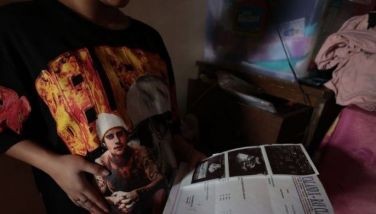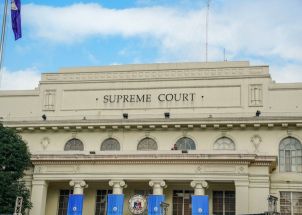EU launches satellite imagery program for Philippines

MANILA, Philippines — Officials of the European Union (EU)’s Philippine bureau yesterday emphasized the importance of dialogue between the body and the Philippine government as it introduced a program that uses satellite imagery to potentially address certain challenges the country faces.
At the national conference on Coprnicus Systems and Applications at the Dusit Thani Hotel in Makati City, the EU-Phl office presented its earth observation “Copernicus Program,” where images and other data collected by its six satellites orbiting the Earth could be downloaded for free.
“What we would like to happen is for the EU delegation in the Philippines to continue dialogue with government,” EU-Phl’s cooperation section head Enrico Strampelli told reporters.
Such act could “create a situation where (the Copernicus Program data can be used) and which kind of support the Philippines’ and the government’s need in order to make sure they can enhance this system that is free,” Strampelli added.
The Copernicus Program could help in routine monitoring, especially in the country’s environmental aspect, according to Alan Mills, team leader of engineering consultancy firm COWI Belgium and a member of the EU-Phl delegation who presented the satellite program.
“The Copernicus can provide enormous amounts of raw data that can help feed into the decision-making processes, particularly in disaster preparedness and climate change mitigation,” Mills emphasized.
Mills also ensured that images captured by the Copernicus Program “doesn’t give you fine detail that compromises persons’ security in any kind of way.”
“Generally, it shouldn’t be seen as a concern on personal security or a government’s security because the resolution is not that high-level,” he said.
The images captured by the Copernicus Program produce low- or medium-resolution, with only 10 meters covered.
The Department of Science and Technology (DOST) previously launched three satellites into the Earth’s orbit, all capable of producing satellite images.
DOST to tap Copernicus
While it already has its own micro satellites Diwata 1 and 2 in orbit, the DOST wants to tap satellite data from Copernicus.
Renato Solidum Jr., science undersecretary for disaster risk reduction and climate change, noted that the Copernicus Program has a huge store of satellite data gathered from several years of operating numerous advanced satellites that it was already sharing with countries outside the EU.
“The important thing is we collaborate and find out how we can improve... in the field of space technology applications,” Solidum said in a statement issued on the sidelines of yesterday’s conference.
“The more data you have from different sensors, the more information you can actually get and the more things you can interpret,” he added.
EU Ambassador Franz Jessen opened the conference with an overview of the EU’s commitment to build strategic cooperation with the Philippines in space technology, particularly in the field of earth observation for environmental management.
During the conference, government officials and experts highlighted the priority challenges faced by the Philippines in the areas of disaster management, climate change, food security and urban planning, and how advanced satellite technologies can address these.
Ugo Cortesi of the Italian National Research Center division on Copernicus (CNR), in his talk during a technical session pointed out that there were much satellite data gathered by the Copernicus Program that was free.
“It’s free, use it,” Cortesi said.
Officials of the DOST-Advanced Science and Technology Institute said that their data scientists and researchers in the DATOS Project or Remote Sensing and Data Science Help Desk had tapped the free satellite data from Copernicus in a number of ambitious projects. – With Rainier Allan Ronda
- Latest
- Trending






























